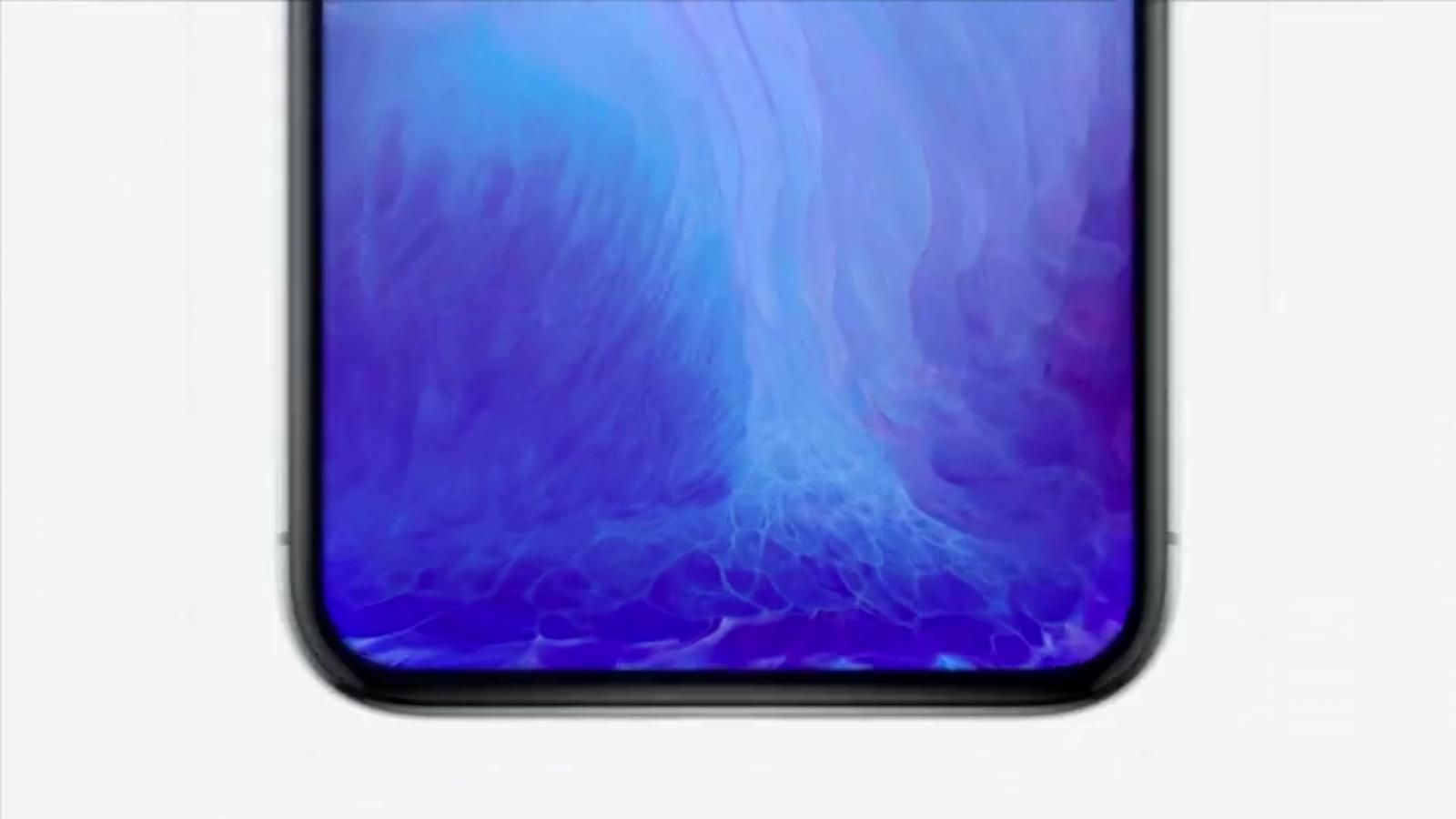Got an iPhone X? Congratulations! Enjoying that Super Retina “notched” display on the iPhone X? Good. Enjoy it for a while.
Like viewers of other OLED displays, you’ll be looking at it for a while until things start looking funky. In fact, if you look at the thing the wrong way, it might just look funky now. Apple is trying to let your expectations down a bit by laying out a whole support page on its website about the panel — if you want it in full, it’s linked below the story.
Sure, it has a 1,000,000:1 contrast ratio with wide-as-heck color gamuts and HDR10 and Dolby Vision to boot. It’s better than the typical industry screen. But it can also shift color and burn in.
If you look at an OLED display off-angle, you might notice slight shifts in color and hue. This is a characteristic of OLED and is normal behavior. With extended long-term use, OLED displays can also show slight visual changes. This is also expected behavior and can include “image persistence” or “burn-in,” where the display shows a faint remnant of an image even after a new image appears on the screen. This can occur in more extreme cases such as when the same high contrast image is continuously displayed for prolonged periods of time. We’ve engineered the Super Retina display to be the best in the industry in reducing the effects of OLED “burn-in.”
Apple then lists ways to prolong the life of the display like updating iOS regularly, relying on auto-brightness, leaving the display off when it isn’t in use and not letting static images dwell on the screen at maximum brightness for a long time.

